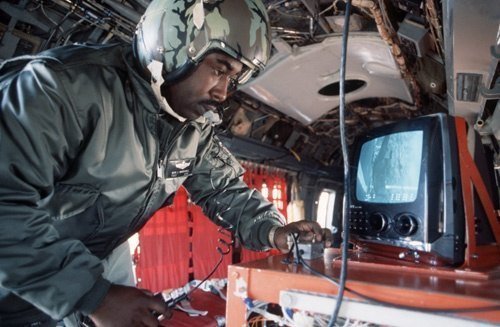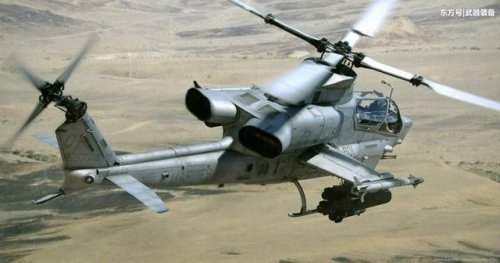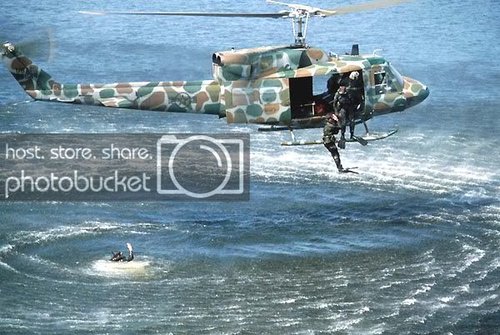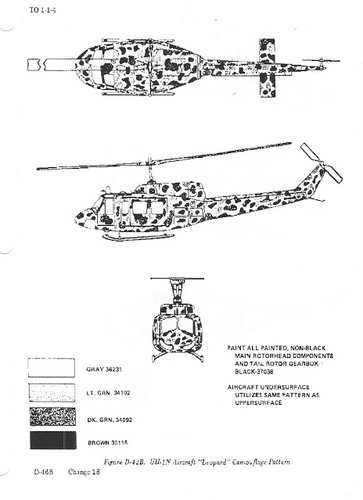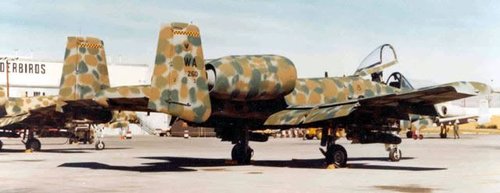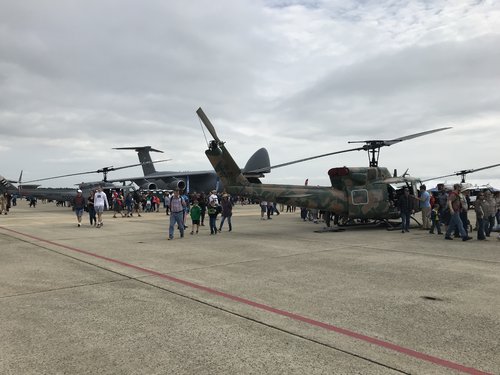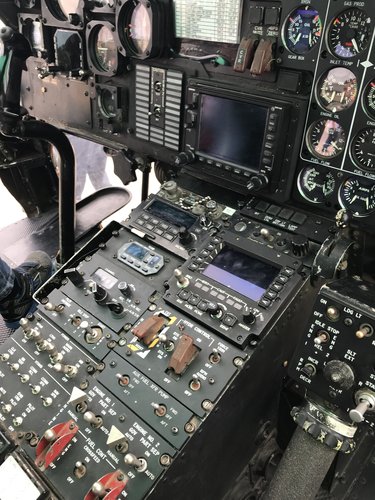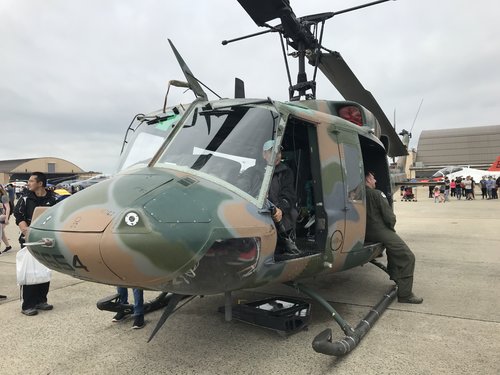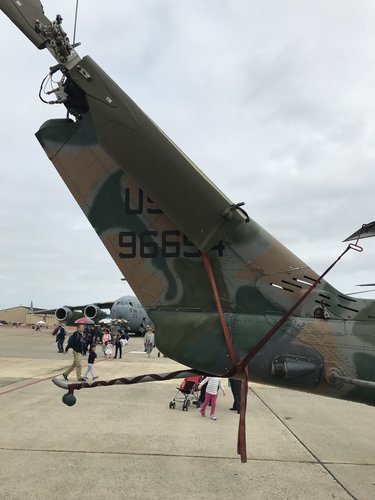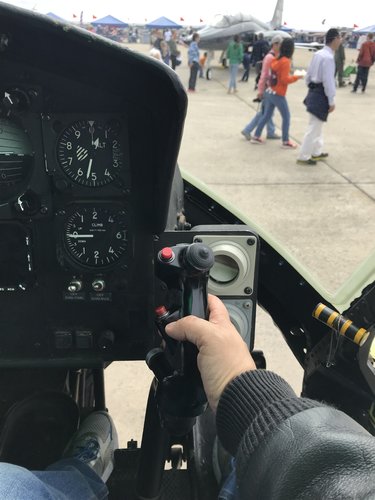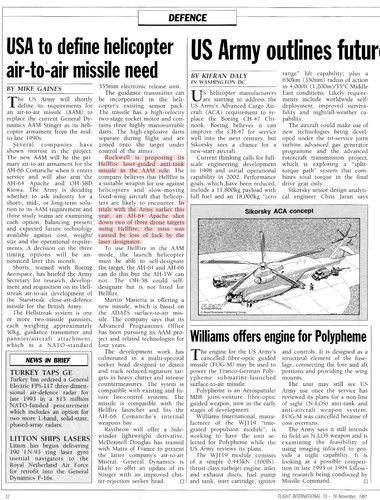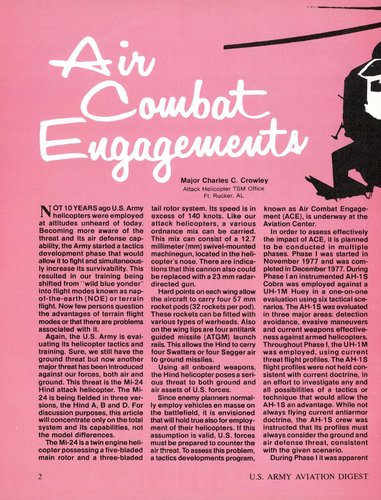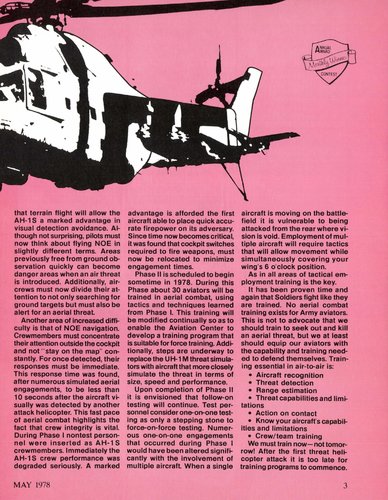- Joined
- 29 July 2009
- Messages
- 1,775
- Reaction score
- 2,502
After discussing the issue of air-to-air helicopter combat in another thread I thought the topic needed a separate page, especially when considering the amount of information and photos available on the USAF and US Army's attempts to develop and understand the role of air-to-air helicopters and tactics. I start the thread with information of the two year study known as J-CATCH (Joint Countering Attack Helicopters) in which the USAF's 20th SOS's UH-1 and CH-53 from Eglin AFB flew an adversarial role against US Army AH-1 and OH-58's from Fort Rucker, AL.

Monitor in helicopter from gun-camera

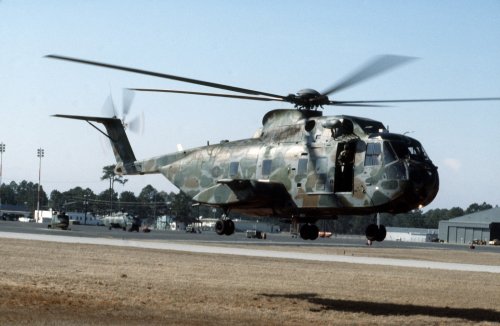
Monitor in helicopter from gun-camera
